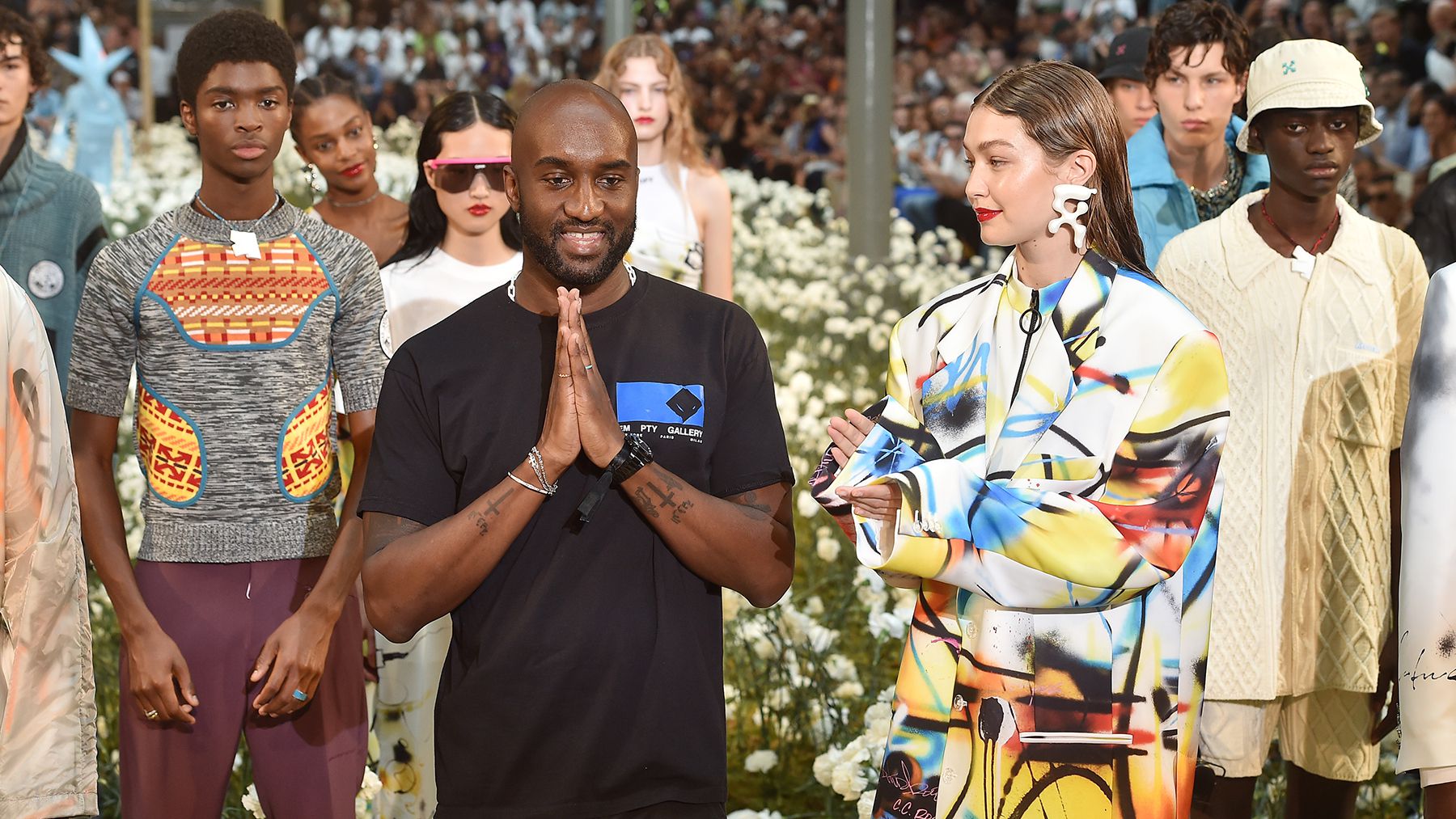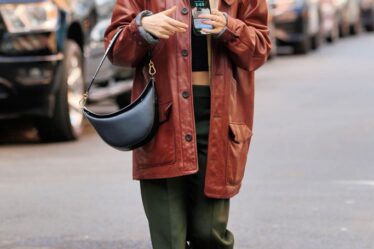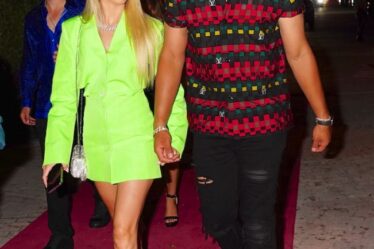
Louis Vuitton owner LVMH has spent nearly a year searching for a successor for Virgil Abloh, who died in November 2021 at 41. Martine Rose, Grace Wales Bonner and Telfar Clemens are among the designers who have been considered by Vuitton-owner LVMH, according to sources. A decision is expected within weeks. (Representatives from Louis Vuitton and LVMH did not respond to a request for comment.)
Given the circumstances, it’s not surprising the leather goods giant has taken time to announce a new men’s artistic director. Abloh’s work for Louis Vuitton had cultural resonance that transcended fashion, attracting a younger, more diverse consumer and resulting in significant sales momentum.
While Abloh’s tenure was ultimately one chapter in the story of the 168-year-old Louis Vuitton, any successor will face the delicate task of moving the brand forward while respecting his legacy.
How does a company like LVMH go about finding that person?
Evolution or Revolution
First off, a label’s stewards — the board of directors, a CEO, a founder — must be clear about whether they aim to overhaul its image, as with the appointment of Demna at Balenciaga, Jonathan Anderson at Loewe or Phoebe Philo at Céline, or “evolve” it, as Saint Laurent CEO Francesca Bellettini did when she hired Anthony Vaccarello to replace Hedi Slimane in 2016.
When a brand is doing well and the creative director exits — as was the case of Saint Laurent, or Louis Vuitton men’s — putting together a list of viable candidates may be harder than when a company is in need of a significant refresh.
“There is less risk with brands that are not in good shape,” said Anne Raphaël, a managing partner at executive recruitment firm Boyden. “It’s easier to take a bet.”
An overhaul typically requires a brand to seek candidates from outside the company, while an evolution often means mining the internal team, such as when Sarah Burton succeeded Alexander McQueen, Matthieu Blazy replaced Daniel Lee at Bottega Veneta or Virginie Viard took over at Chanel. Of course, a revolution can also come from within (see: Alessandro Michele’s Gucci) just as an evolution can come from drafting in someone from outside the company (see: Vaccarello’s Saint Laurent).
Critical Attributes
The most important thing is that candidates are able to establish a clear point of view. If they have their own label, they also need to convince recruiters that they have the skills to simultaneously turn out two separate, differentiated visions, even if they are linked by an underlying approach.
Candidates must also demonstrate ability to operate in a corporate environment, something many young designers have never done. Some adapt easily to a more structured working process. Others struggle. This is especially important when a designer needs to build new teams from scratch, which can be challenging for inexperienced talents.
Being able to connect with the CEO is also critical. “They should be able to challenge each other,” Raphaël said. “It has to be a collaboration.”
Product or Storytelling
Bigger brands with strong studio teams are often less interested in skilled design technicians than those who excel at brand vision and communication.
“Product of course is important, but putting that aside, what I am really looking for is somebody that can develop a brand vision into a lifestyle that penetrates the mood and also predicts the future of popular culture,” said Lewis Alexander, an independent recruiter who has worked with labels including Bottega Veneta, Celine and Louis Vuitton.
“It’s not only about offering a collection, they have to be able to tell a story,” added Raphaël.
At Louis Vuitton, it was Abloh’s skill as an industrial product designer — combined with his ability to communicate ideas — that made his work so potent. On the other hand, Alaïa, which appointed Pieter Mulier to succeed its namesake founder, needed a technical maestro. Mulier’s tenure under Raf Simons in the Dior couture atelier made him a compelling choice.
Company executives often ask candidates to complete a creative project that can range from product ideas to a brand book or something more abstract, like conceiving a room in the brand’s essence, depending on the nature of the search.
“They need to show that they get it,” said Caroline Pill, an executive recruiter at London-based Heidrick & Struggles. “Sometimes it’s going back to the archives, sometimes it’s imagining a new world.”
Increasingly, a candidate’s personal brand is also a factor. If they have their own following and can bring that following along for the ride that can be seen as a big plus. Abloh did this exceptionally well. Gabriela Hearst, too, has brought the eco-consciousness at the core of her personal brand to her work at Chloé with some success. (Her Nama sneaker, made from low-impact materials, is a best-seller.)
Sealing the Deal
While most design contracts are between three and five years, the best partnerships last longer. Incentives for designers include multi-year contracts that go into the seven or eight figures, as well as additional benefits, like luxurious housing paid for by the company, that make it difficult to leave.
On some occasions, deal sweeteners can include “shadow equity” or bonuses tied to business results. They can also include an investment in the designer’s namesake brand, as LVMH did with Off-White, Marc Jacobs and JW Anderson. This has benefits in both directions, however, effectively locking the designer in and keeping them from working for competitors. (Sometimes this can also deliver meaningful revenue, as the Marc Jacobs brand has for LVMH.)
However, sometimes a designer does not want investment, which can be a deal-breaker for the hiring company, as they want to control as much of the designer’s time as they can. Alternatively, the company may suggest a new designer put their label on pause if they don’t believe they will have the time or energy to do both jobs.
Other roadblocks to getting a deal signed: If a designer is working for a competitor, a brand may have to wait out a non-compete, or pay a hefty sum — and legal fees — in order to bring them over sooner. There’s also a chance that a designer has a better offer, or is simply not ready to commit to a creative director role.
The Final Decision
Ultimately, the final decision at a company like LVMH is made by the group’s CEO, who listens to recommendations from top advisors, the board of directors and the brand CEO. The selection is part art, part science.
“Gut feeling is in the valuation of how well the candidate is understanding the brand vision,” Raphaël said. “Everything else is extremely thoughtful.”
Disclosure: LVMH is part of a group of investors who, together, hold a minority interest in The Business of Fashion. All investors have signed shareholders’ documentation guaranteeing BoF’s complete editorial independence.



